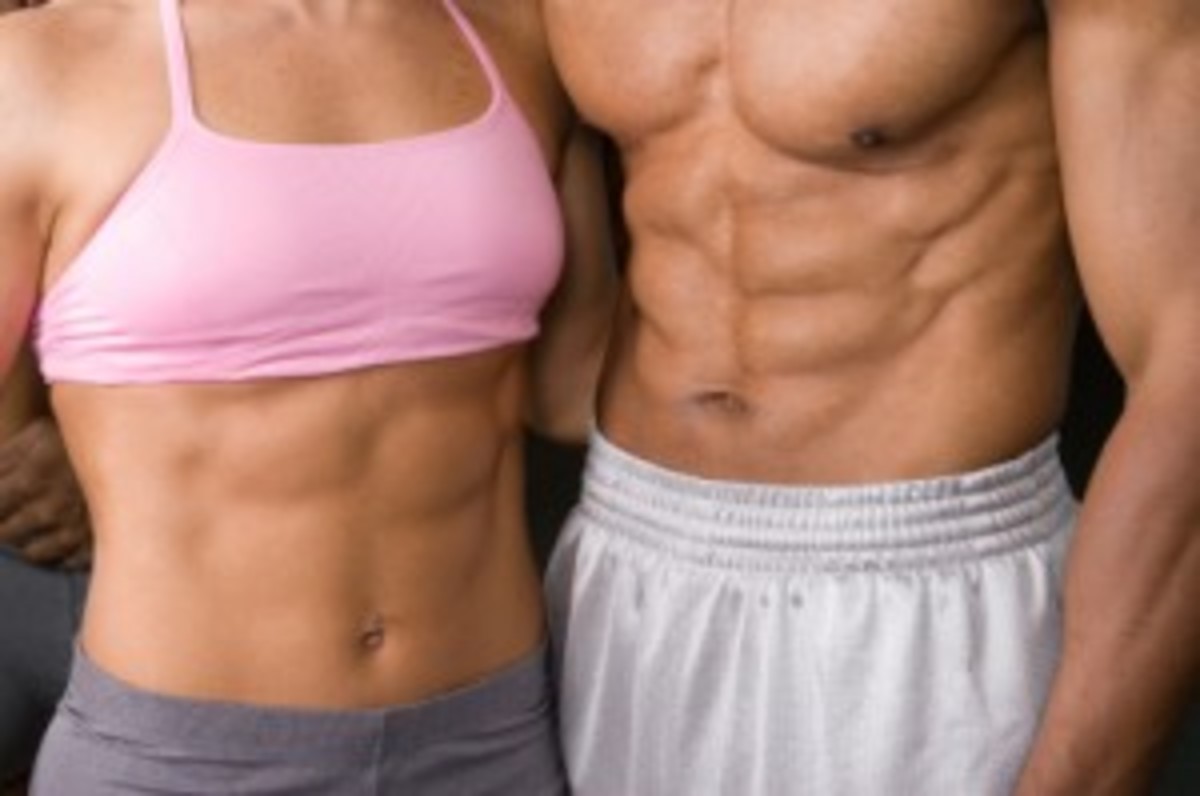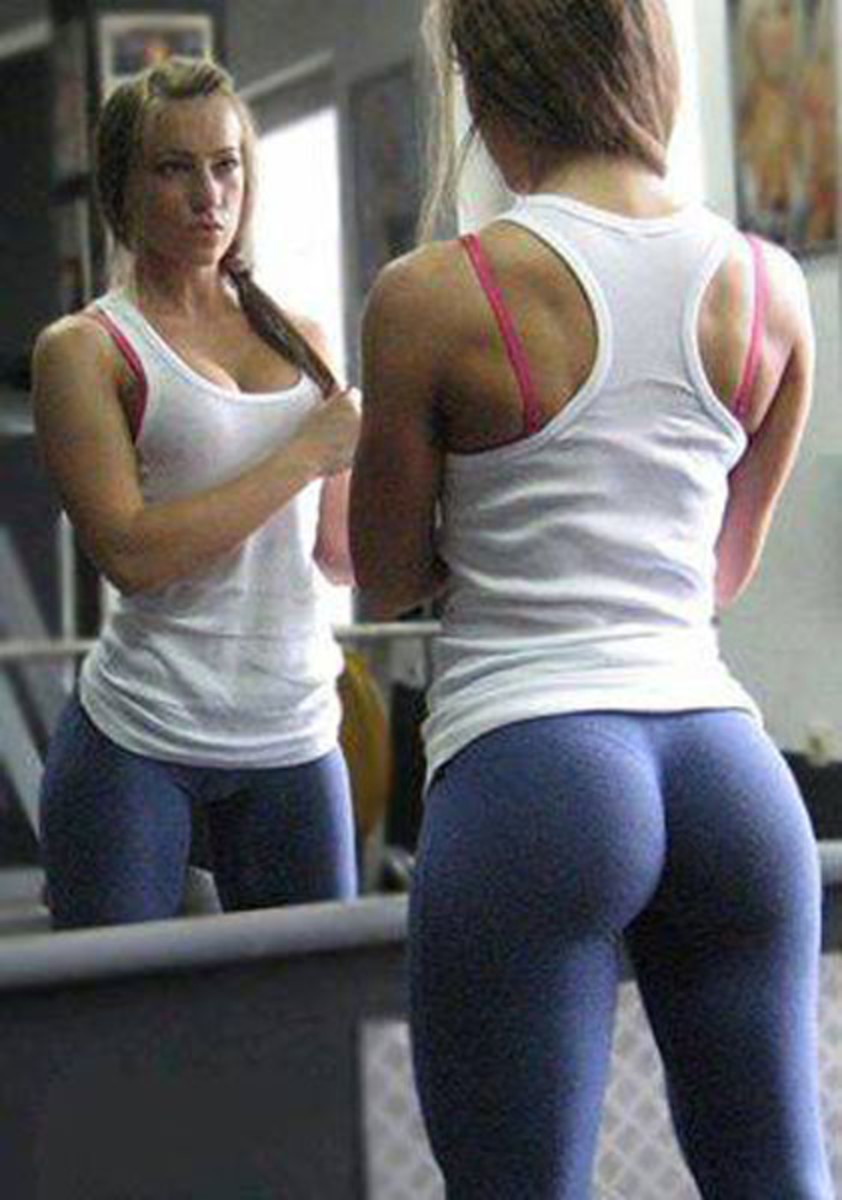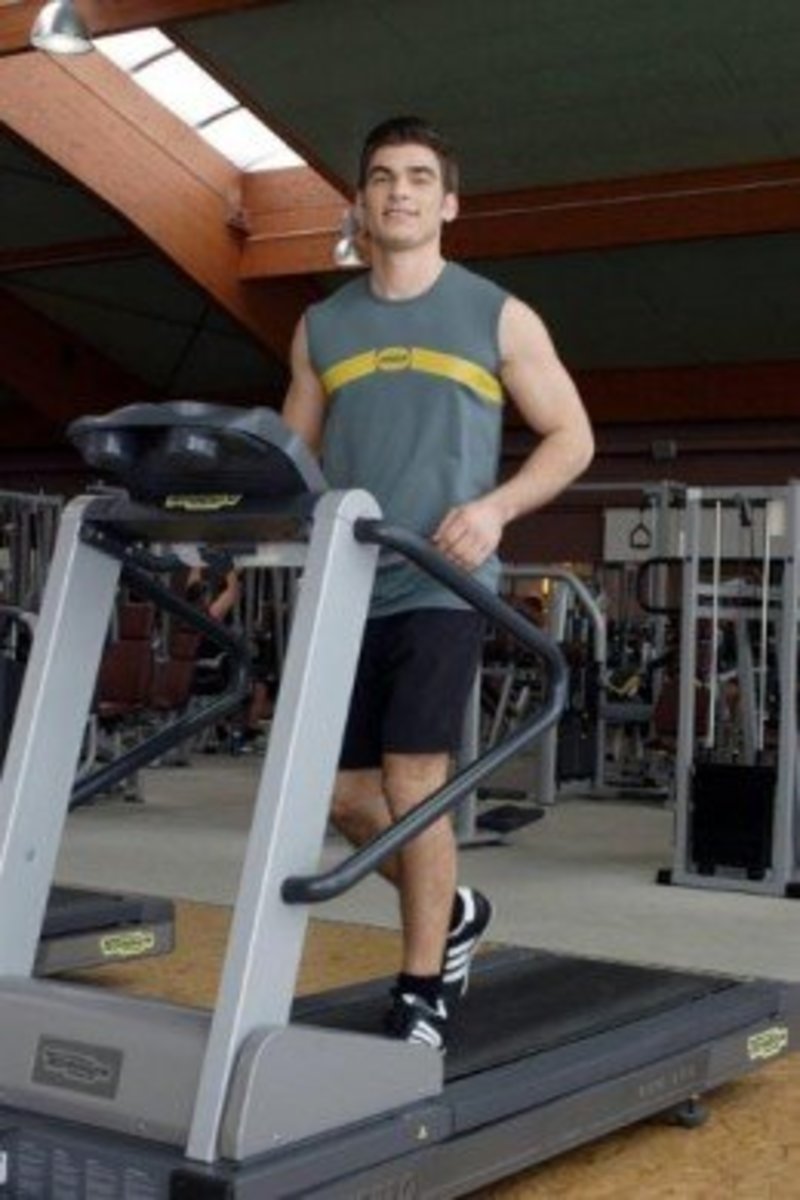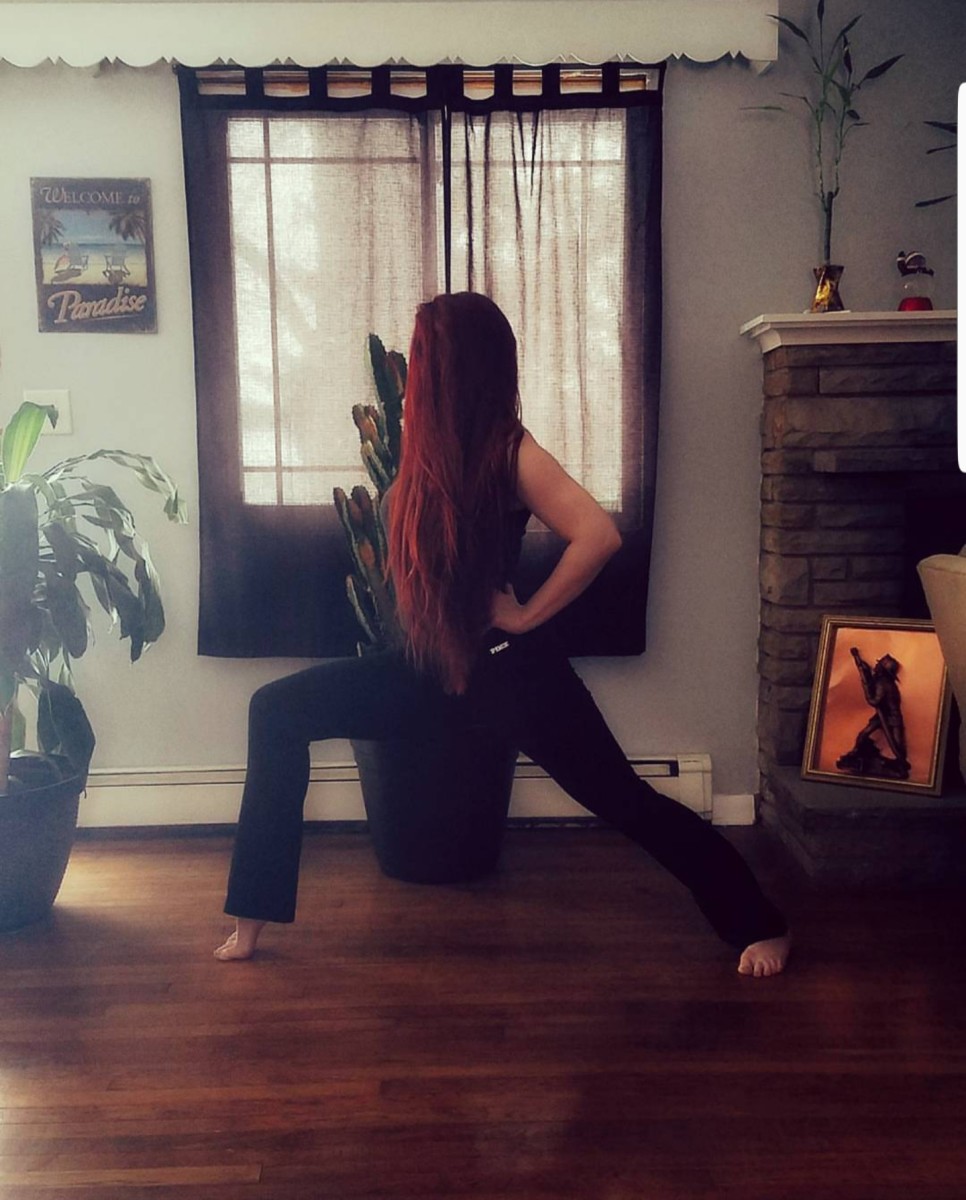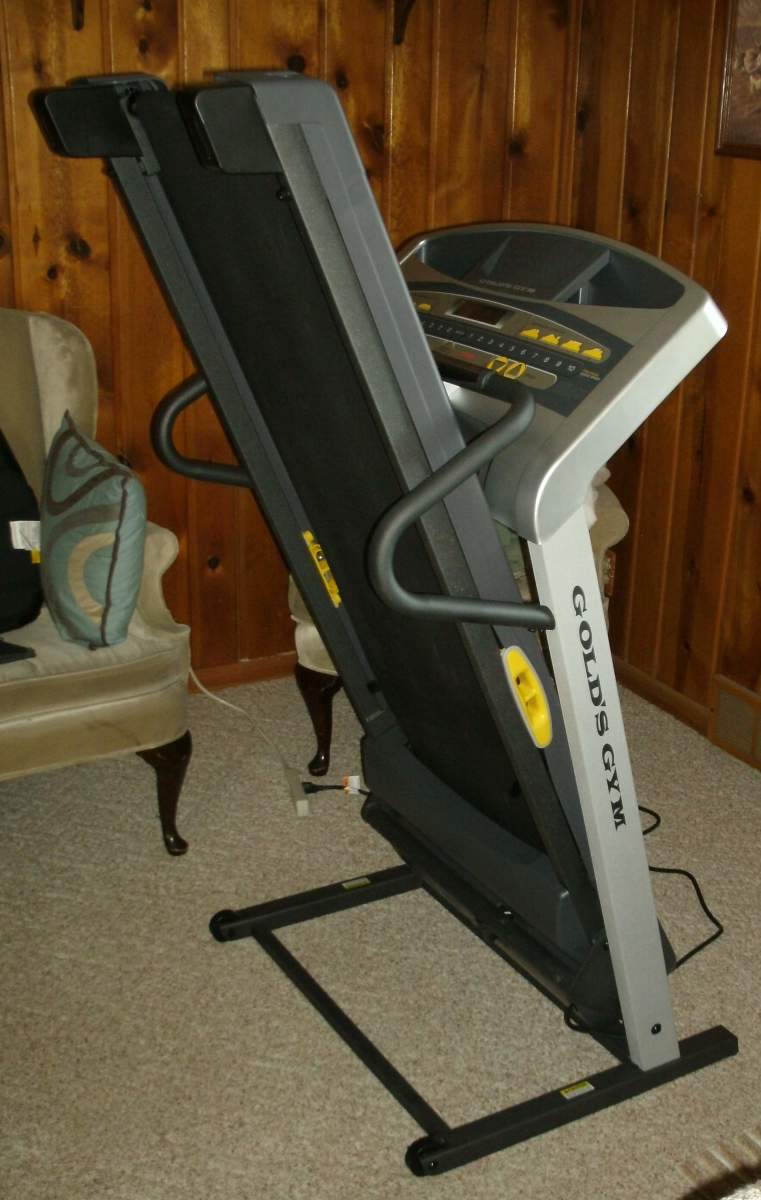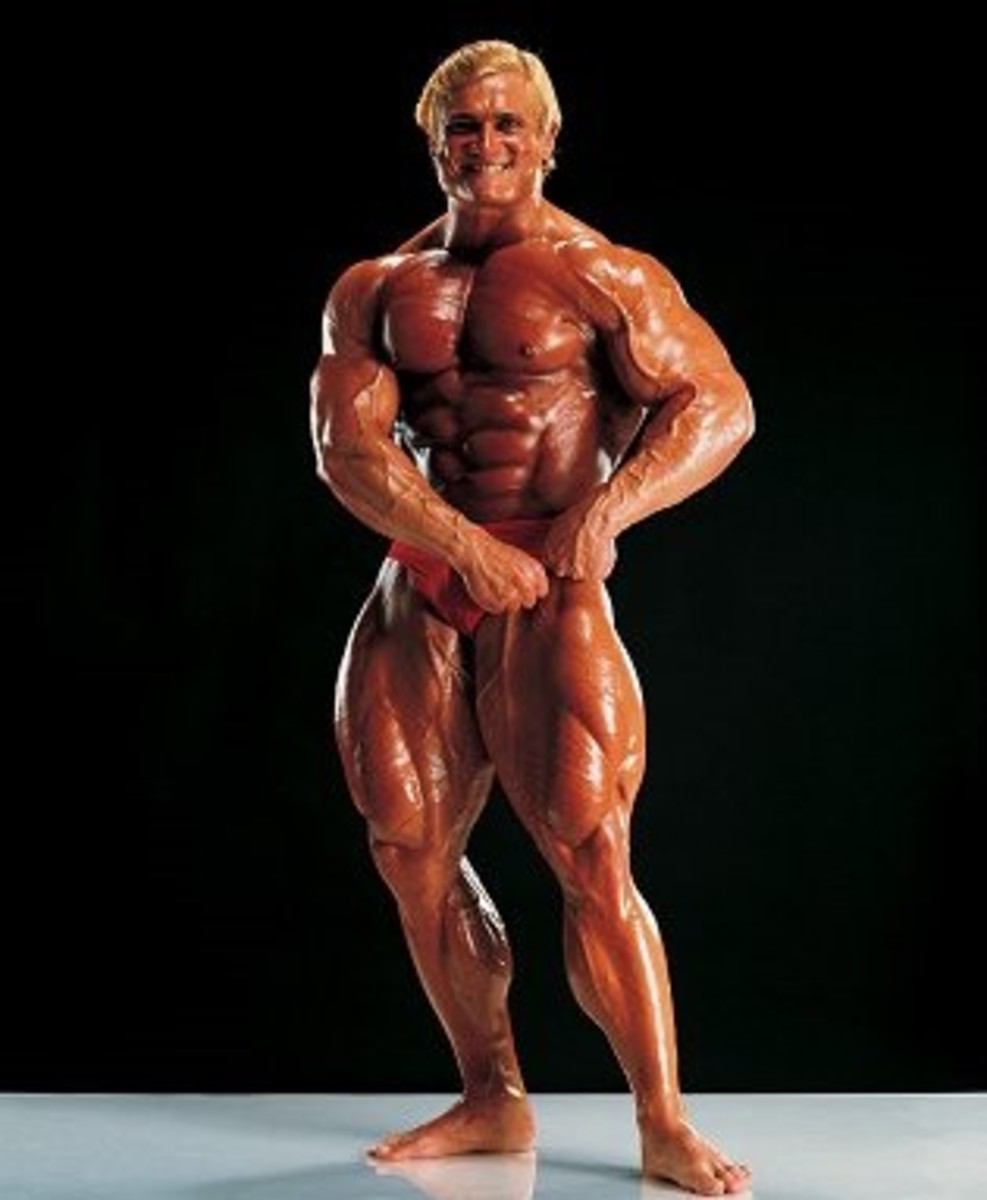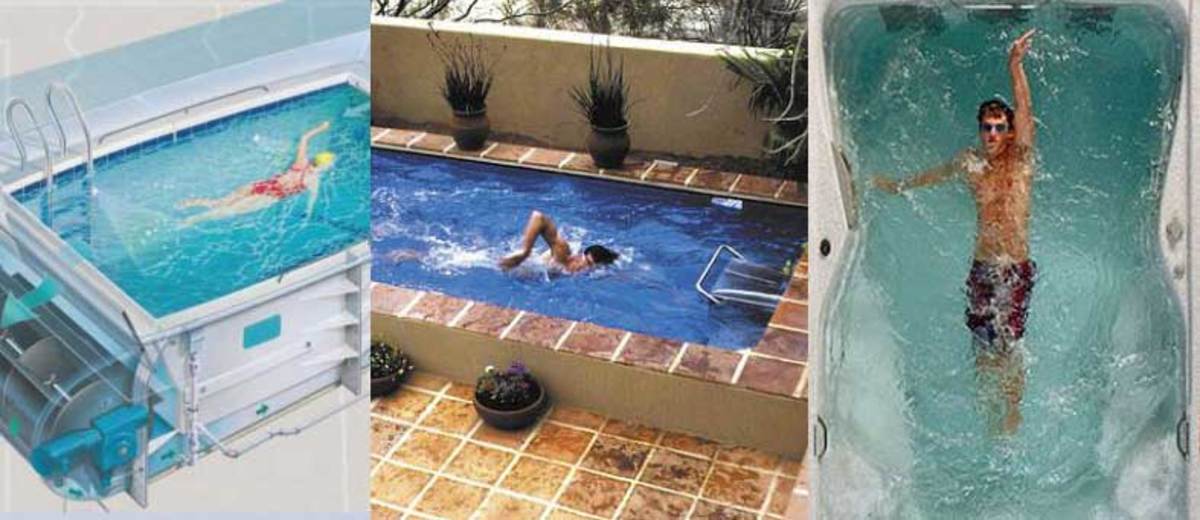Pilates Workout for Beginners
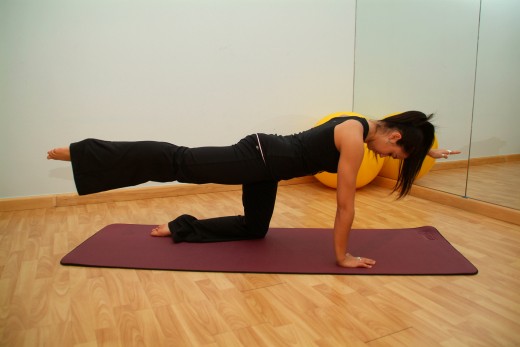
Pilates is a very popular core workout these days, and for good reason. Everyone wants flat abs. Pilates workouts can sculpt your abs fast because every move uses all of your core muscles to keep your torso stable. Many of the moves also target the hamstrings, inner and outer thighs the lower back, and butt, all hot spots that women want to work on. Pilates mat-based workouts are perfect for at home workouts. All you need is a little floor space, a mat or carpet, and a Pilates DVD to get you started.
But what is Pilates? A little Pilates history:
Pilates is an exercise program that helps you to connect your mind and body. It corrects muscle imbalances, improves posture and strengthens and stretches your whole body.
Pilates is a relatively new form of exercise. It was invented by a German fitness trainer named Joseph Pilates over 80 years ago. Originally he called it Contrology.
Joseph Pilates is quoted as saying, "Physical fitness is the first requisite to happiness," and this was the philosophy that formed his exercise program. In addition to his exercises, he encouraged people to get enough sleep, eat healthfully and to schedule time each day for relaxation and fun.
Joseph Pilates developed "the Method" by studying a variety of movements in activities such as yoga, acrobatics and even animal movements. He spent a few years studying and practicing his method. He finally got a chance to test his methods while working as a nurse during World War I. He used bed springs that he rigged up to hospital beds to create the first Pilates workout machine. This way injured soldiers could exercise without leaving their beds.
After the war, Pilates and his wife Clara headed to the US. They settled in New York City and started a studio for dancers. His clients included some of the most famous dancers and performing artists of the time, such as Martha Graham, George Balanchine and Hanya Holm. At the time, it was considered a workout program for dancers only. Nowadays, people of all ages and fitness levels experience the benefit of Pilates exercises in their workout regimes.
Let's look at some of the benefits of Pilates:
- creates flatter, stronger tummies
- improves posture
- strengthens lower back which leads to less low back pain
- creates long and lean muscles
- corrects muscular imbalances
- increases flexibility and joint mobility
- increases lung capacity and improves your breathing
- leads to better balance and coordination
- reduces risk of injury by teaching you how to move properly
- increases your mind-body awareness
How Pilates works:
Pilates primarily works the core, or "the powerhouse". Whether you are specifically working your abs, or are doing leg and arm exercises, you will be focusing on engaging your core. This is your centre. Developing a strong centre will change the way you perform nearly all other movements. Moving from your core will improve your posture, realign your spine, and prevent injuries. It also creates lean bodies with flat tummies.

The core is made up of the spinal muscles, the inner thighs, the psoas and all four layers of ab muscles: the transverse abdominus, internal and external obliques and the rectus abdominus, or the 6-pack area.
The transverse abdominus works like a natural girdle. Strengthening it will keep your tummy sucked in naturally, all the time. And at the bottom of the rectus abdominus is that hard to target area right below the belly button. The dreaded muffin top area. Many people are weak here and crunches do not hit this spot. Pilates zeros right in on this area.
How is Pilates different from yoga?
Both Pilates and yoga work on the mind-body connection and focus breathing with movement, but for different reasons and with different results. Yoga focuses your mind on the quality of your thoughts and can lead you down a spiritual path. Pilates exercises requires mindfulness, but the goal is to perform the moves perfectly. So yoga focuses on how you are feeling in the movements, and Pilates concentrates on the movement itself.
How to Do Pilates
Pilates is a very effective exercise program, but it doesn't just work your body. Pilates benefits both your mind and your body.
You really have to concentrate to get the maximum benefit out of the exercises. And there is a lot to concentrate on. You have to hold your core tight while you coordinate your breath with the movements. It sounds easier than it is. You can't just go through the motions like you can with other fitness programs. Many instructors use visualization to help you perform the moves properly. It helps you to move your body in what might be an unfamiliar way. You are meant to hold your core tight, or "suck it in", while you are doing the movements. Your tummy should be tight with a slight natural curve of your back. Easier said then done when you are also moving your arms and legs around.
In Pilates, maintaining proper control is essential to doing the exercises correctly. Remember, it used to be called Contrology. Without proper control, your body will continue to do what it has always done, which is to allow the stronger muscles to take over when the weaker ones get challenged. And the weaker muscles remain weak, leading to imbalances, pain and injury. Pilates allows us to work the weaker and the stronger muscles together. You truly will work muscles you didn't know you had.
You will also learn how to breathe properly by doing Pilates. Deep breathing involves the use of the lungs, diaphragm and the rib cage. Over time, practicing Pilates will develop the muscles that help you to fully expand the ribcage and the chest muscles. Breathing properly through the exercises will make difficult exercises feel easier, too.
Pilates Exercises
A traditional Pilates mat workout will have you doing a lot of different exercises but only a few reps of each exercise. Remember, perfection is the key. You are to focus on performing the moves correctly and with your core engaged. Stop the movement if you feel that you are losing that core connection.
The Pilates exercises traditionally move in a flowing movement. They are performed in order, each exercise building on the previous one. You can learn the exercises individually. Eventually you will develop a rhythm that carries you from one exercise to the next, almost like a dance routine on the floor.
Remember that Pilates is a pain-free exercise program. You should feel challenged and maybe a little bit of discomfort at first. If you feel too much pain, back off of the exercise until you get stronger.
Here's a video that will teach you the principles of Pilates you need to keep in mind as you follow your workout.
And here's a good beginner's workout for you to try.
"You'll feel better after 10 sessions, look better after 20, and have a completely new body after 30 sessions." Joseph Pilates
Pilates will give you fast results. After just a few workouts, you will stand taller and have better posture. The exercises may feel unfamiliar at first, but stick with them. Do Pilates 2-3 times per week for maximum core strengthening results.


